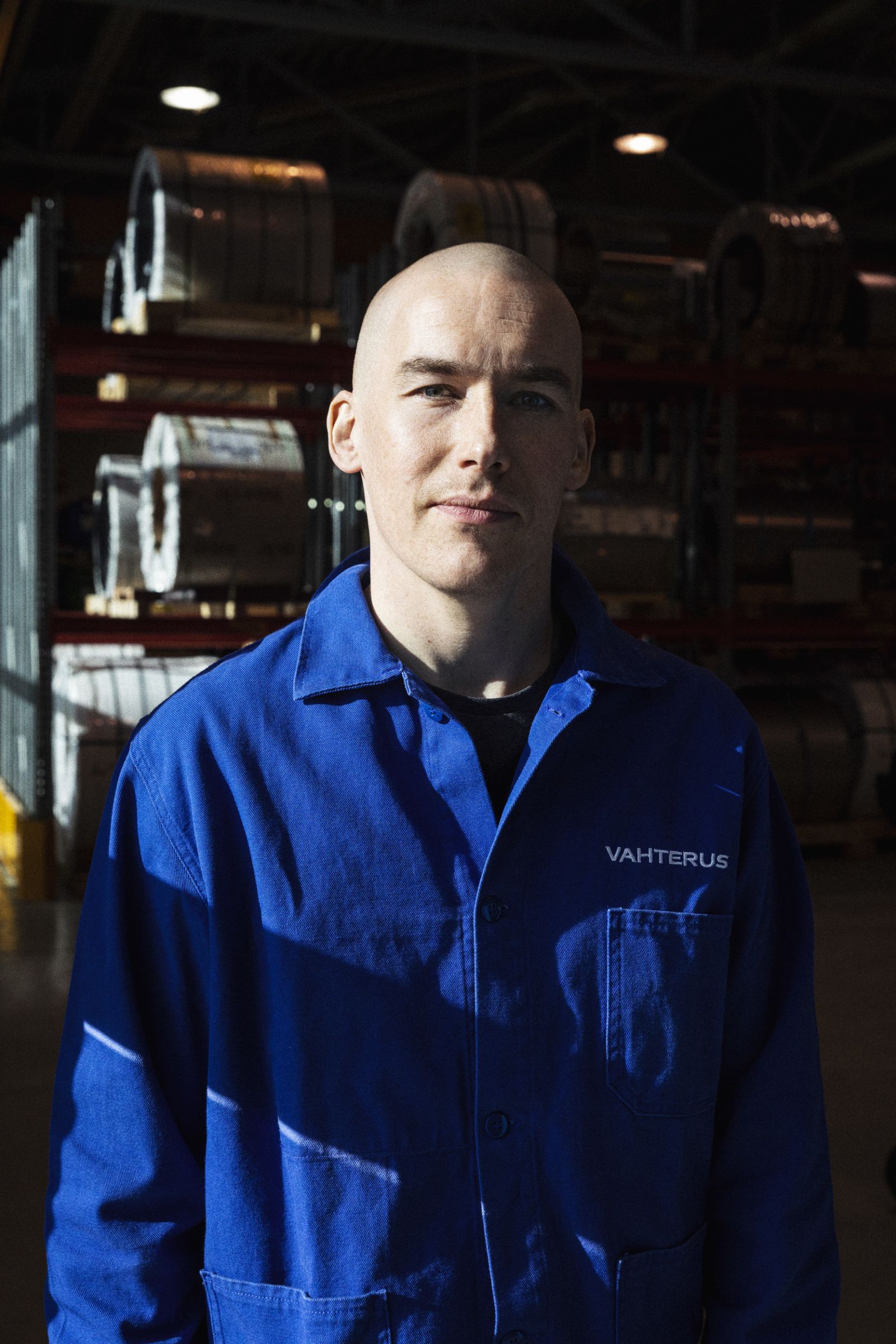Ready for Ammonia?

Natural refrigerants are being used more and more in industrial refrigeration. National laws and international agreements are making the use of high Global Warming Potential (GWP) refrigerants either very expensive or impossible. This is to reduce their release into the atmosphere, since these greenhouse gases are much more harmful than CO2.
In land installations, ammonia and CO2 have been used as refrigerants for some time and the deployment of natural refrigerants is increasing. In the shipping industry, this has not been an option, apart from on some fishing boats. The marine industry mainly employs HCFC or HFC refrigerants. But now that the marine industry is rushing towards other major changes, could it be time for a change?
LNG is beginning to overtake Heavy Fuel Oil (HFO) and Marine Gas Oil (MGO) as the main fuel of new-built ships. According to the DNV report ‘Maritime forecast to 2050’, ammonia will be one of the main fuels for ships in the future, as the marine industry moves towards decarbonisation. Engine manufacturers have published news about successful ammonia-operated marine engines and end-users are already asking for designs for ammonia-fuelled systems. It seems that there is a good chance that hundreds of tons of ammonia will be bunkered to ships in the near future. Could we consider using ammonia in the refrigeration systems of ships, as well as utilizing the cold energy of the fuel ammonia? The amount of ammonia in refrigeration systems will be insignificant when compared to fuel charge.
Why is it important to change to natural refrigerants? Not only does an ammonia system entail a lower lifetime cost, with secured availability in the future, but it also protects the environment. According to the paper ‘Refrigeration units in marine vessels: Alternatives to HCFCs and high-GWP HFCs’, authored by the Nordic Council of Ministers, Prof. Dr-Ing. Armin Hafner, Dr C.H. Gabrielii and Dr K. Widdell, changing the refrigerant would make a great impact. The current release of HCFC and HFC refrigerants from global shipping is estimated to be around 8,400 tons annually, equivalent to 15 million tons of CO2 emissions and 2% of the total greenhouse gas emissions of the shipping industry yearly.
The use of natural refrigerants is the only viable solution for the shipping industry in the future. Making this change is much easier than switching the fuel in the ships and would be in line with other actions that are reducing the greenhouse effect. There are technical solutions readily available and very experienced companies in the industry who can supply safe and well-performing systems using natural refrigerants.
Valtteri Haavisto
Customer Service Director at Vahterus
Download the article here.

